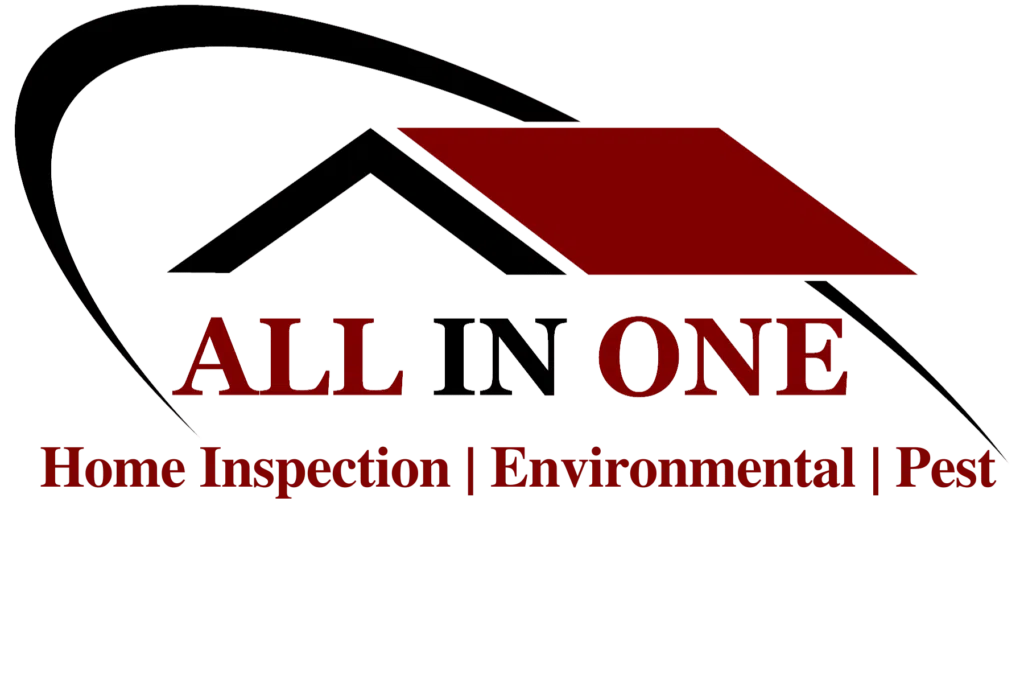The Rise of Smart Home Technology in Home Inspections
Technology is reshaping how home inspections are done, making them faster, more accurate, and user-How Technology Is Transforming Home Inspections
From Drones to AI, Here’s What’s Changing and Why It Matters
Buying a home is one of the biggest financial decisions you’ll ever make — and getting a proper inspection is key to avoiding costly surprises later. Traditionally, home inspections relied on visual checks and manual tools, but today’s technology is reshaping the process, making it faster, more accurate, and far more informative.
Whether you’re a homeowner, buyer, or real estate professional, understanding these tech-driven changes can help you make smarter, more confident decisions. Here’s a look at the top trends revolutionizing home inspections.
1. Thermal Imaging Cameras: Seeing the Unseen
One of the most powerful advancements in recent years is the use of thermal imaging cameras. These devices detect heat variations in a home’s structure, revealing issues that aren’t visible to the naked eye. Inspectors can spot:
- Hidden water leaks inside walls or ceilings
- Insulation gaps that lead to energy loss
- Overheated electrical components, which could pose fire risks
This kind of infrared technology provides a deeper level of insight and allows problems to be addressed before they turn into expensive repairs.
2. Drone Inspections: A Bird’s-Eye View of Safety
Climbing on rooftops can be dangerous and doesn’t always provide a full picture. That’s where drones come in. With high-resolution cameras, drones can safely capture aerial images and videos of:
- Roof conditions
- Gutters and chimneys
- Upper siding and hard-to-reach structures
This tech not only increases inspector safety but also improves the accuracy and scope of the inspection, especially for larger or multi-story homes.
3. AI and Data Analytics: Predictive Insights
Artificial Intelligence (AI) is making its mark in real estate, and inspections are no exception. By feeding inspection data into specialized software, AI can analyze patterns and even predict future maintenance needs.
For example:
- Cracked foundations and settling data might indicate future structural issues.
- Historical HVAC performance could hint at the lifespan of a furnace or air conditioning unit.
This shift from reactive to predictive maintenance empowers homeowners to plan ahead, budget smartly, and reduce unexpected breakdowns.
4. Mobile Apps for Instant Reporting
Gone are the days of waiting days for your home inspection report. With mobile inspection apps, reports can be generated and shared in real-time — complete with photos, videos, and flagged concerns.
Benefits include:
- Instant access to results via phone or tablet
- Clear summaries for faster decision-making
- Easy sharing with contractors, agents, or buyers
This speed and transparency help streamline negotiations and move transactions forward more efficiently.
5. Smart Home System Integration
As more homes feature smart technology, inspectors are now checking smart thermostats, smoke detectors, security cameras, and automated systems to ensure everything is functioning and secure.
Why it matters:
- Malfunctioning devices could compromise safety
- Misconfigured systems might waste energy
- Buyers want assurance that smart features are truly smart — and not future headaches
Incorporating these checks into inspections adds another layer of value and protection.
Final Thoughts: Smarter Tools for Smarter Decisions
Technology is not just enhancing how home inspections are done — it’s changing what’s possible. By leveraging tools like drones, thermal cameras, AI, and real-time apps, inspectors can deliver more detailed, accurate, and actionable reports than ever before.
For homeowners and buyers, this means fewer surprises, better planning, and greater peace of mind. And in a real estate market where every detail matters, those advantages can make all the difference.
